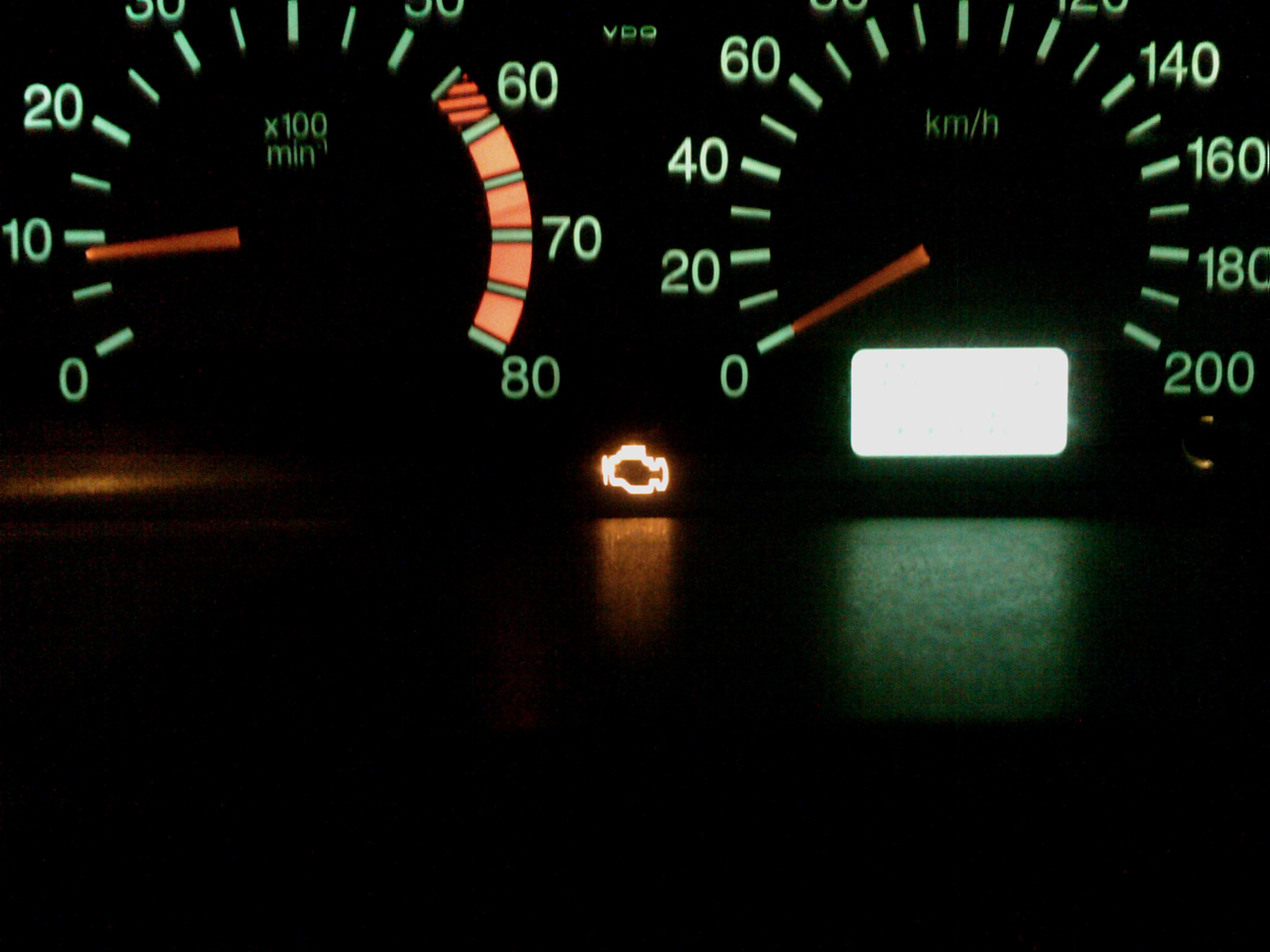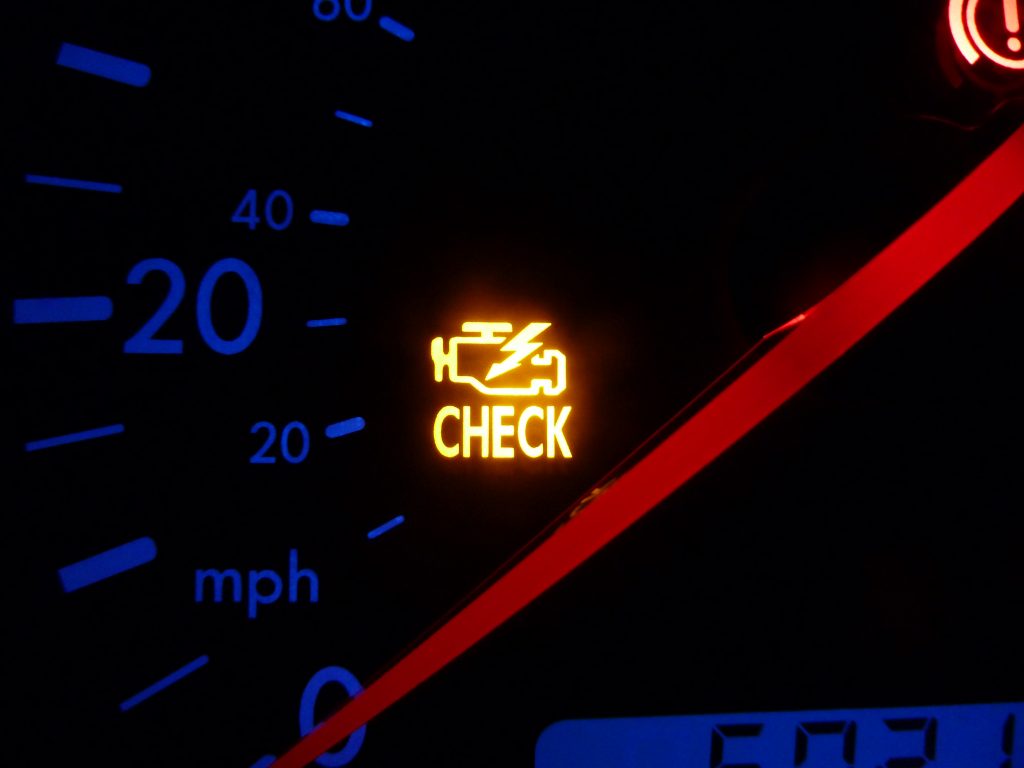Summary
– Motor light: Description and role
– Switching off the motor indicator light
– Conclusions on the motor indicator light
For any good technician, the diagnostic approach consists of questioning the customer to find clues. One of the first clues, says the customer, is the lighting of the “engine light,” which must be precisely identified on the dashboard and often, it is the diagnostic light.
Engine light: Description and role
A warning light
It is a yellow, sometimes red, dashboard light with the symbol of an engine, sometimes with a transistor, or marked “CHECK.”
It is a warning light, often accompanied by a message (“injection fault,” “consult the workshop”…). It informs of any electronic engine management problem, i.e. all malfunctions that could alter engine pollution management.
Note: the engine light, like all the other lights, comes on systematically when the ignition is switched on, thus enabling its operation to be checked.
It alerts you in 2 ways: flashing mode and fixed mode.
Flashing mode
It alerts on a minor or intermittent fault, which does not affect the engine management system’s safety. If the fault does not recur, it will not reignite.
However, the fault will still be recorded in the engine management box as an intermittent fault.
Example: intermittent connection fault – pedal contactor – air pressure sensor soiled by hydrocarbons – etc.
Fixed mode
Here, it gets worse: it is a permanent defect or a vital organ’s malfunction (TDC sensor – water temperature – etc.).
In this case, most of the time, you will feel a loss of power, a fast idle, or any other symptom because the engine management ECU goes into degraded mode.
For example, the water temperature sensor no longer sends consistent information. The ECU will then select an arbitrary average engine temperature value to obtain correct, but not optimal, injection operation while controlling the motor-fan in forced process. In some cases, it will limit the engine speed for safety.
Switching off the engine light

Contrary to popular belief, it does not merely require the use of the diagnostic device to make it disappear. It is indeed illusory to think that its deletion will solve the problem.
The malfunction that caused it to turn on must first be fixed; this is here, an essential fault-finding process, and it involves:
– a thorough knowledge of the system;
– a minimum of tools (multi-meter – oscilloscope – diagnostic device);
– technical documentation (layouts – electrical diagrams – mimic diagrams, etc.);
– technological knowledge (interpretation of data and parameters – nominal values, etc.).
Once the defect has been identified and the defective element replaced or repaired, you must erase the flaw recorded in the control box’s memory. After testing, a final check with the diagnostic unit to ensure no fault will definitively validate the repair.
Conclusions on the motor indicator light
As you have understood, this unfortunate light is synonymous with advertised fees, for which we could not give a sufficiently precise range.
If you are not an experienced technician (an important parameter, unlike equipment, since a simple multi-meter can do a lot), you won’t cut to a visit to your favourite garage.
The extent of the damage can end up with a simple connection problem and replace an expensive part of the engine management system.
Now, you know what this warning motor indicator light is all about. Please, remember to share and comment on this post.
Some other interesting posts here:
The Solution to Combat Engine Fouling
What Does Changing the Engine Involve?
Why Will You Remove the Catalyst Converter?




